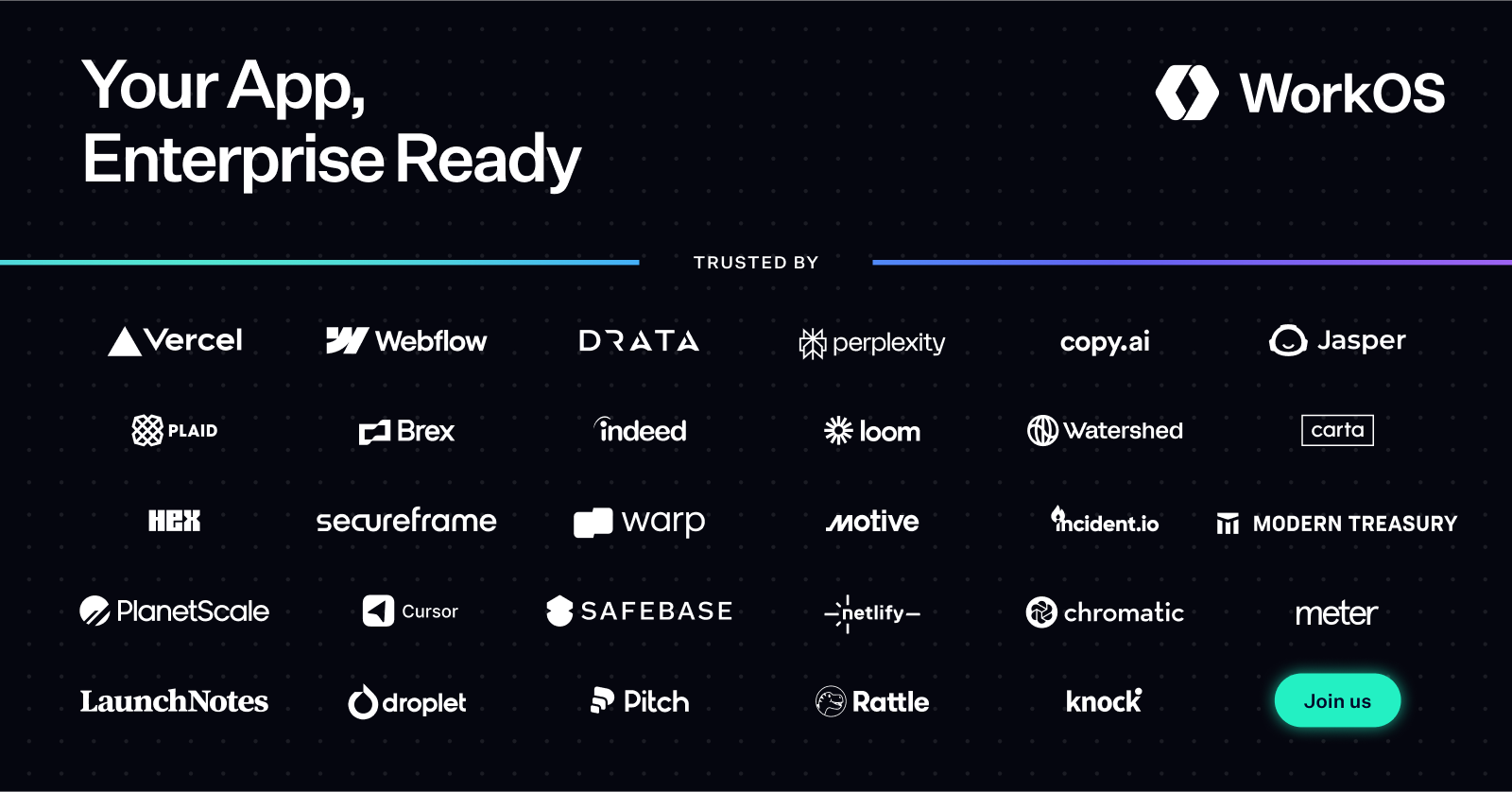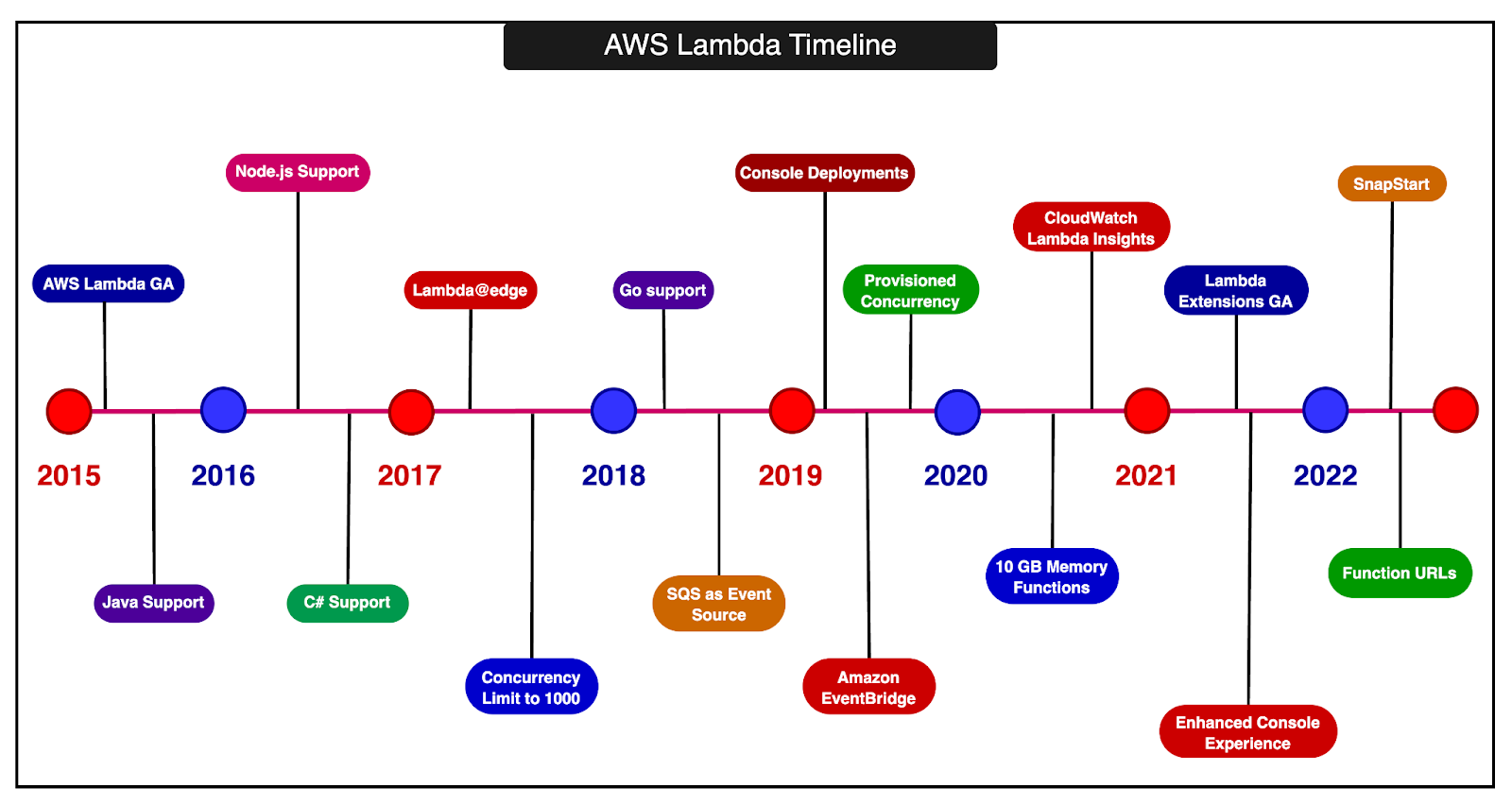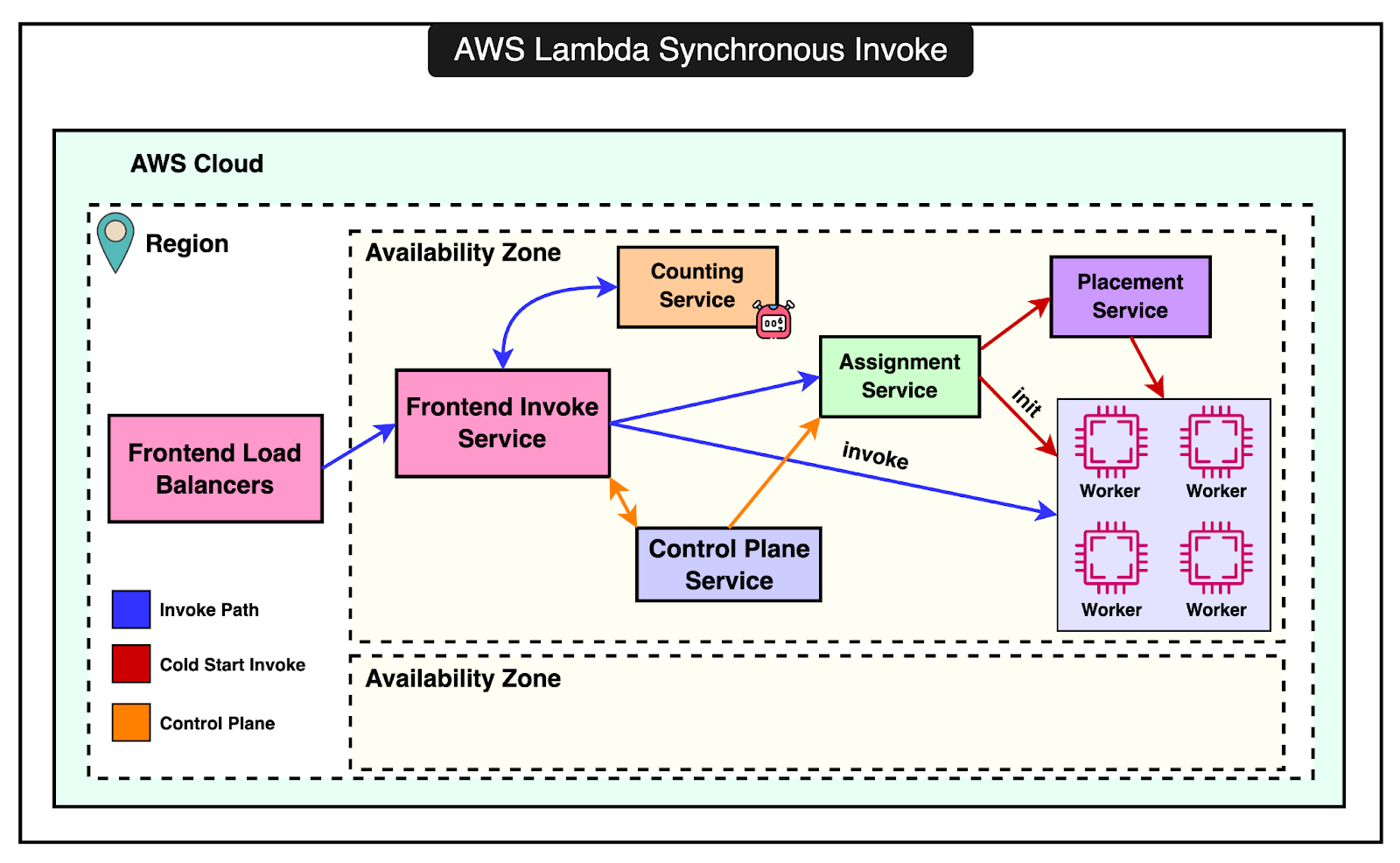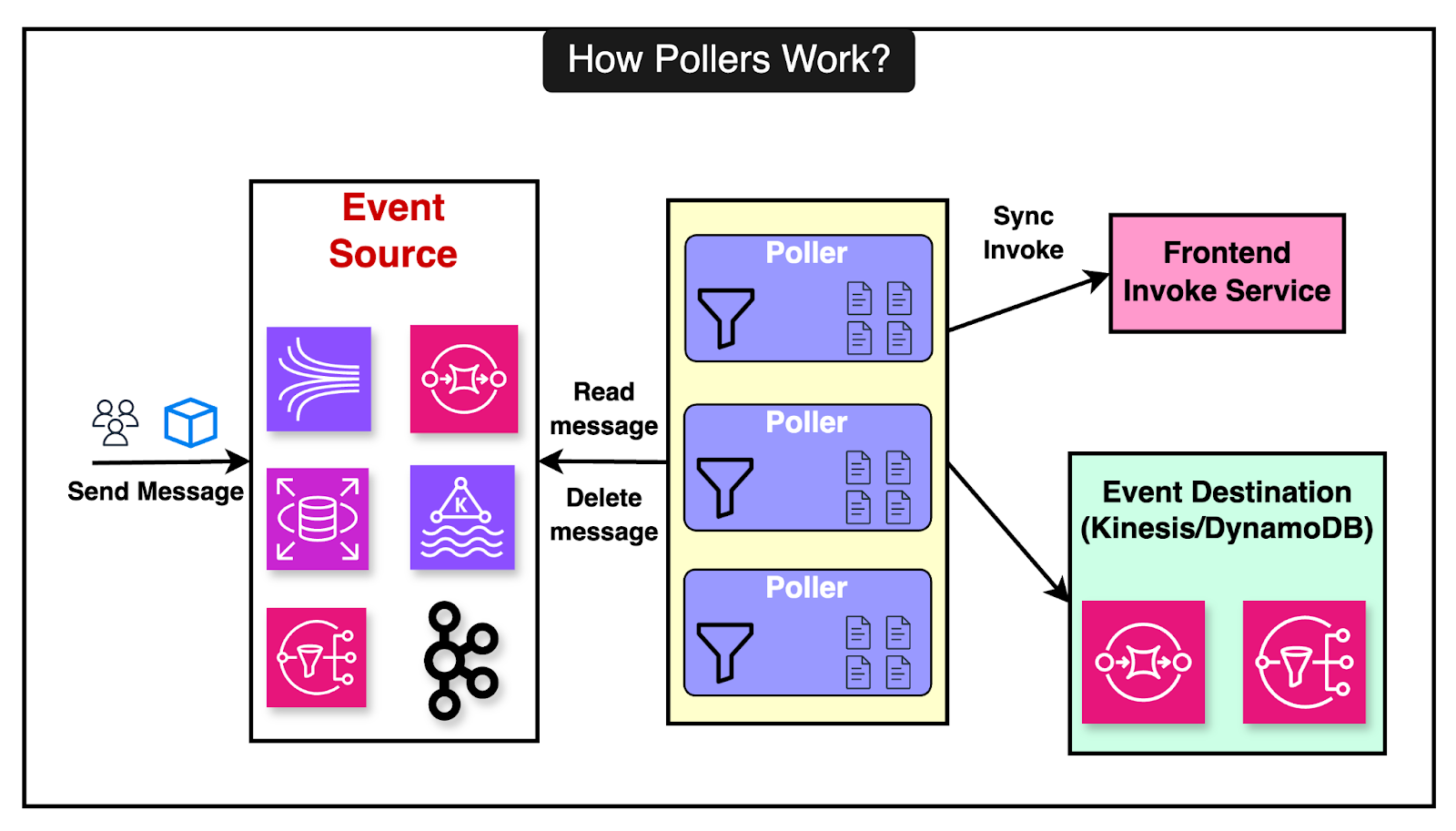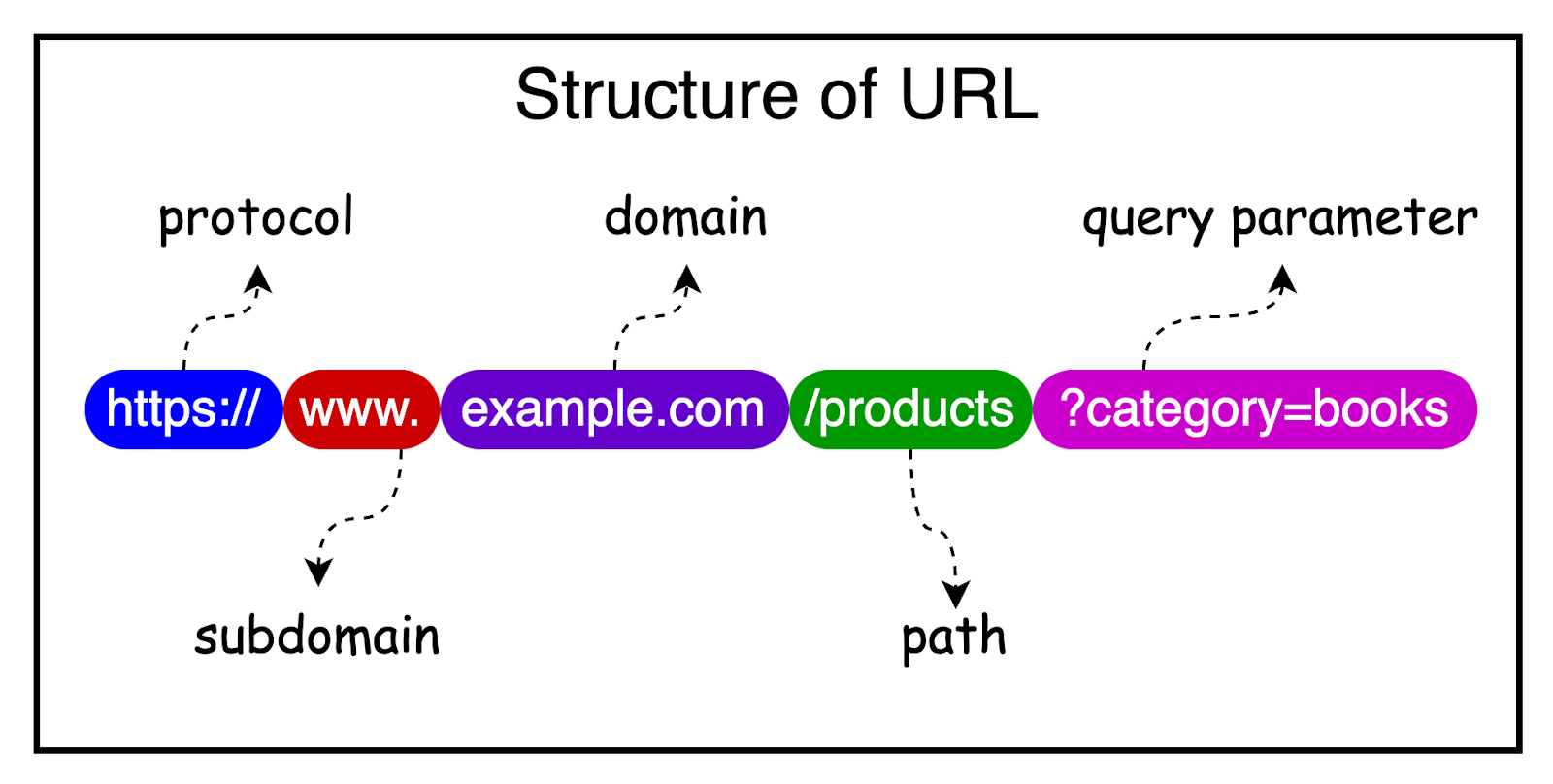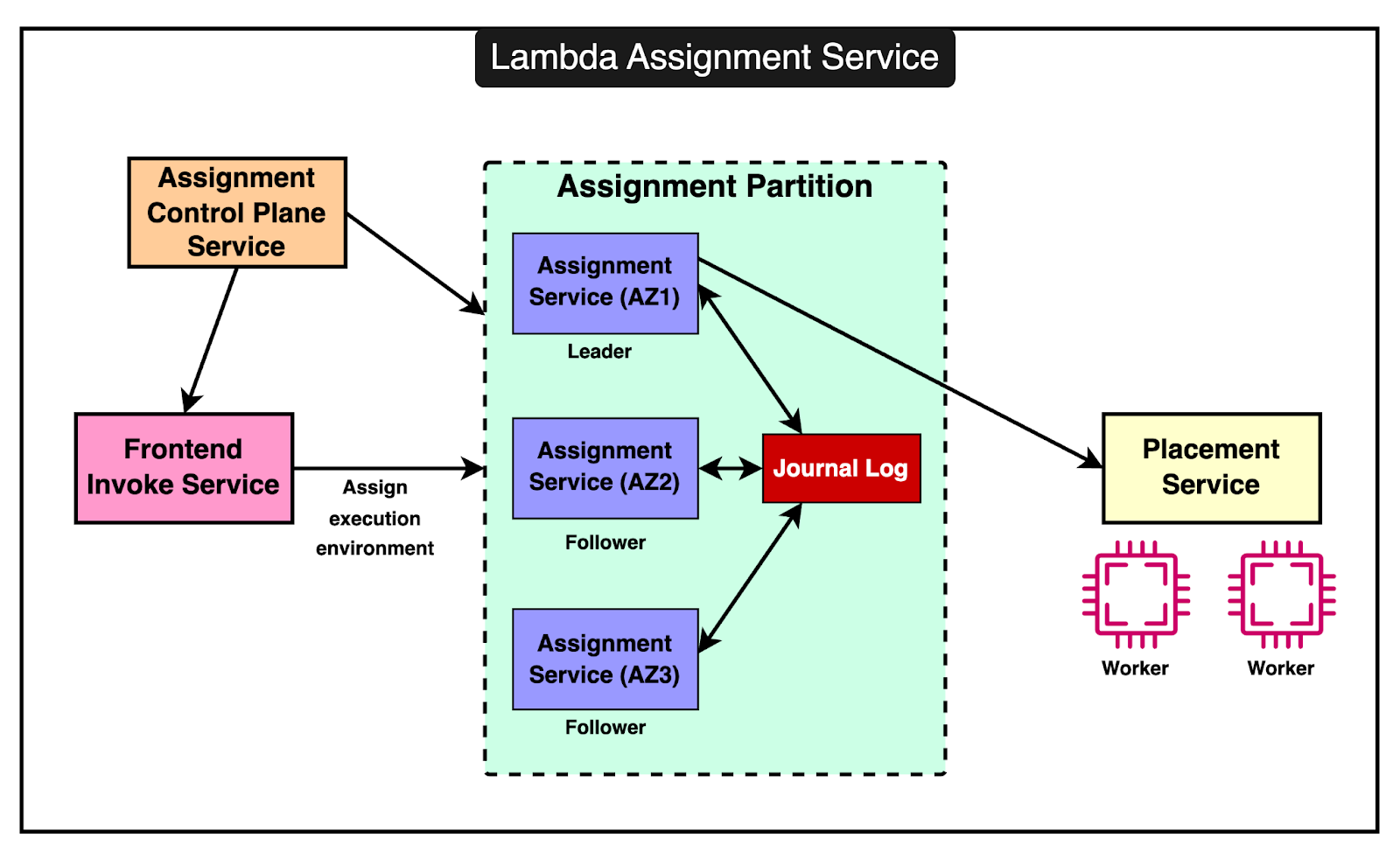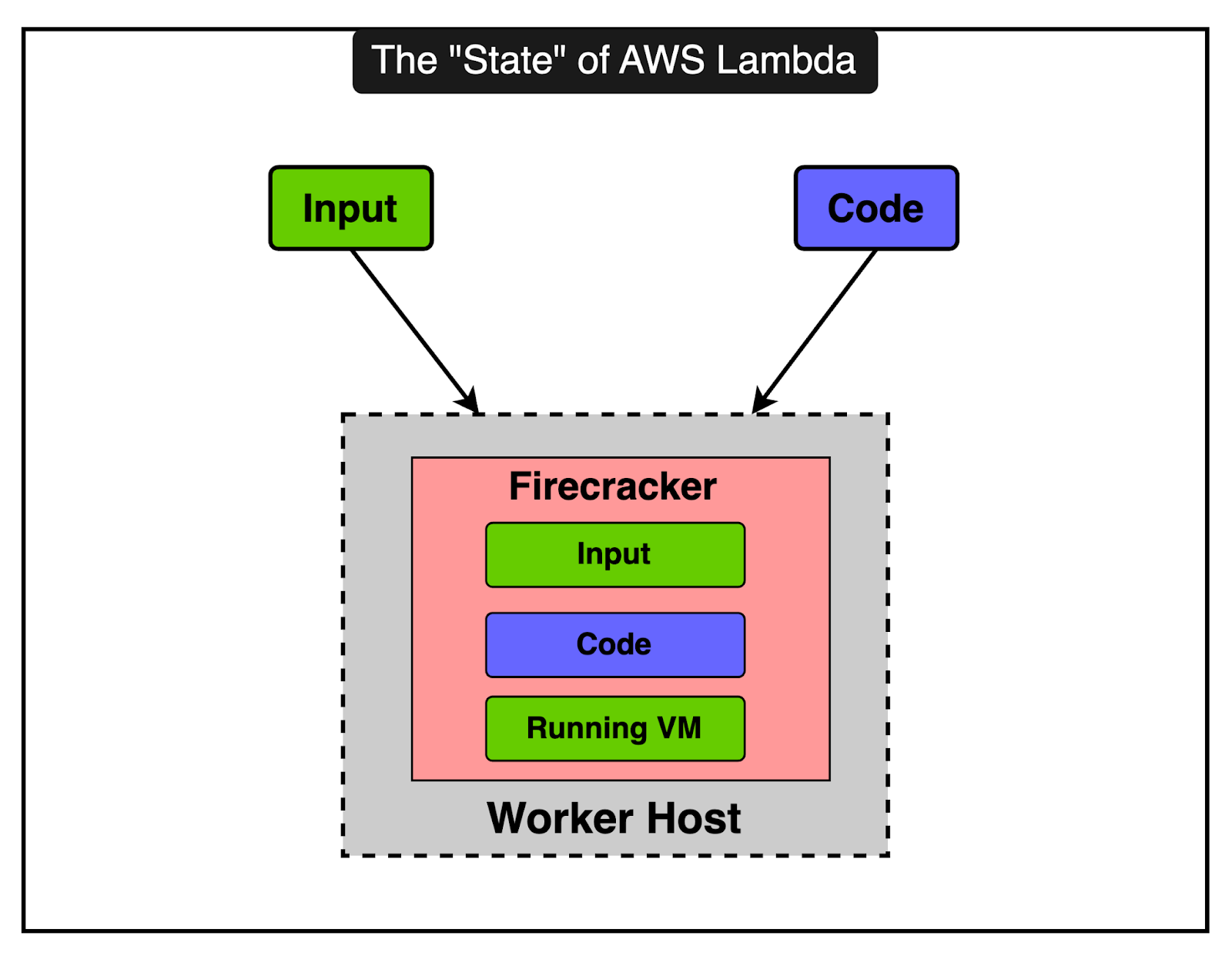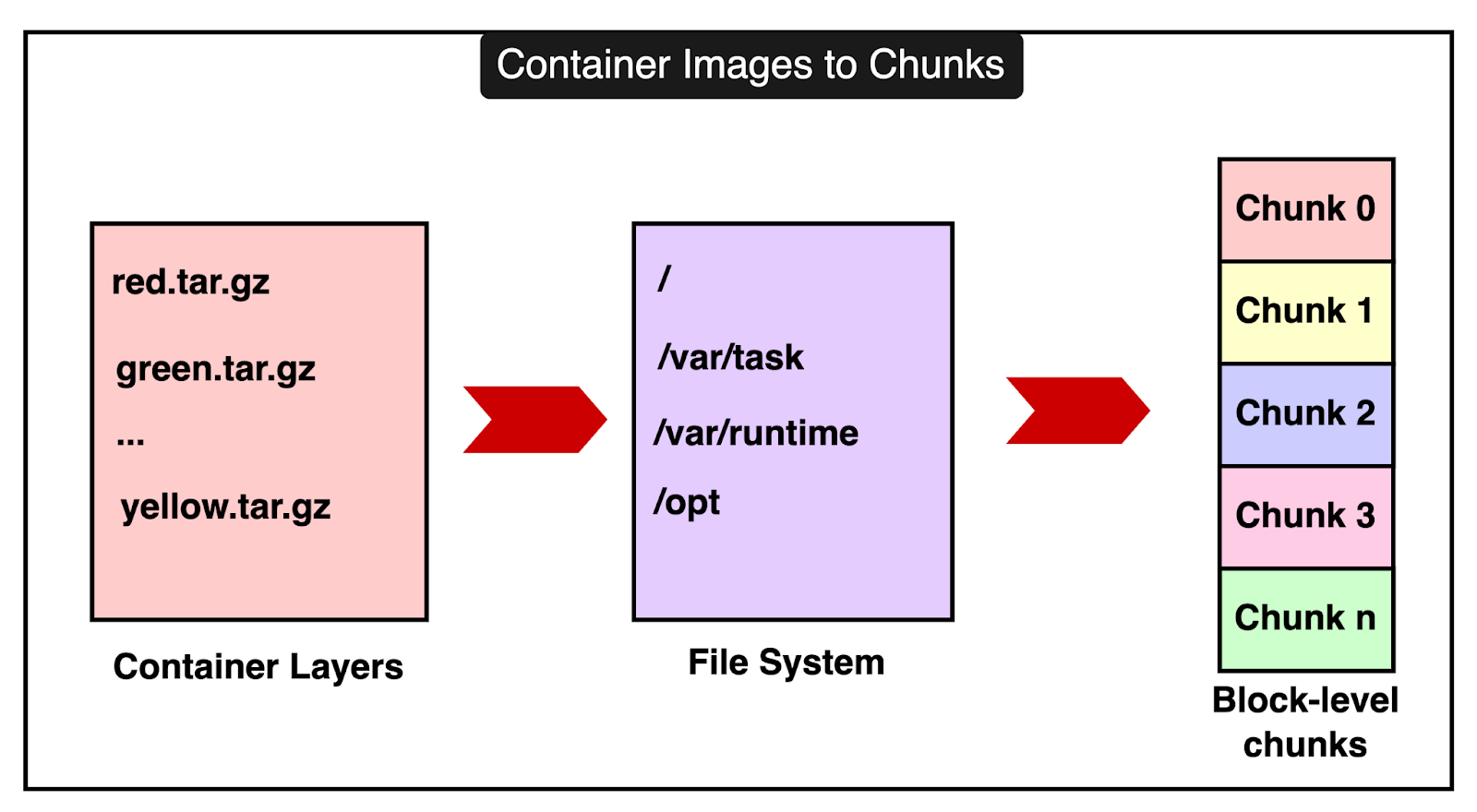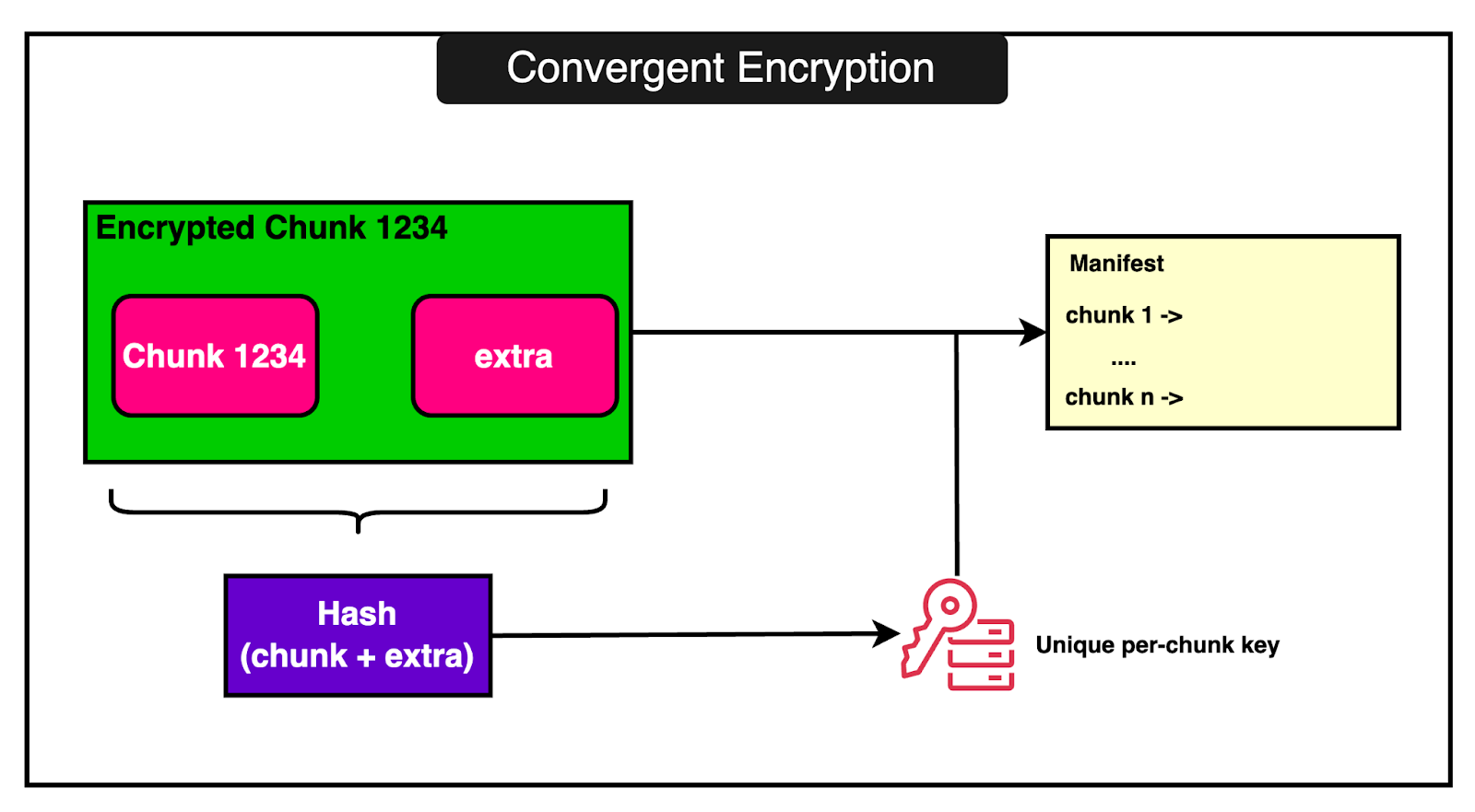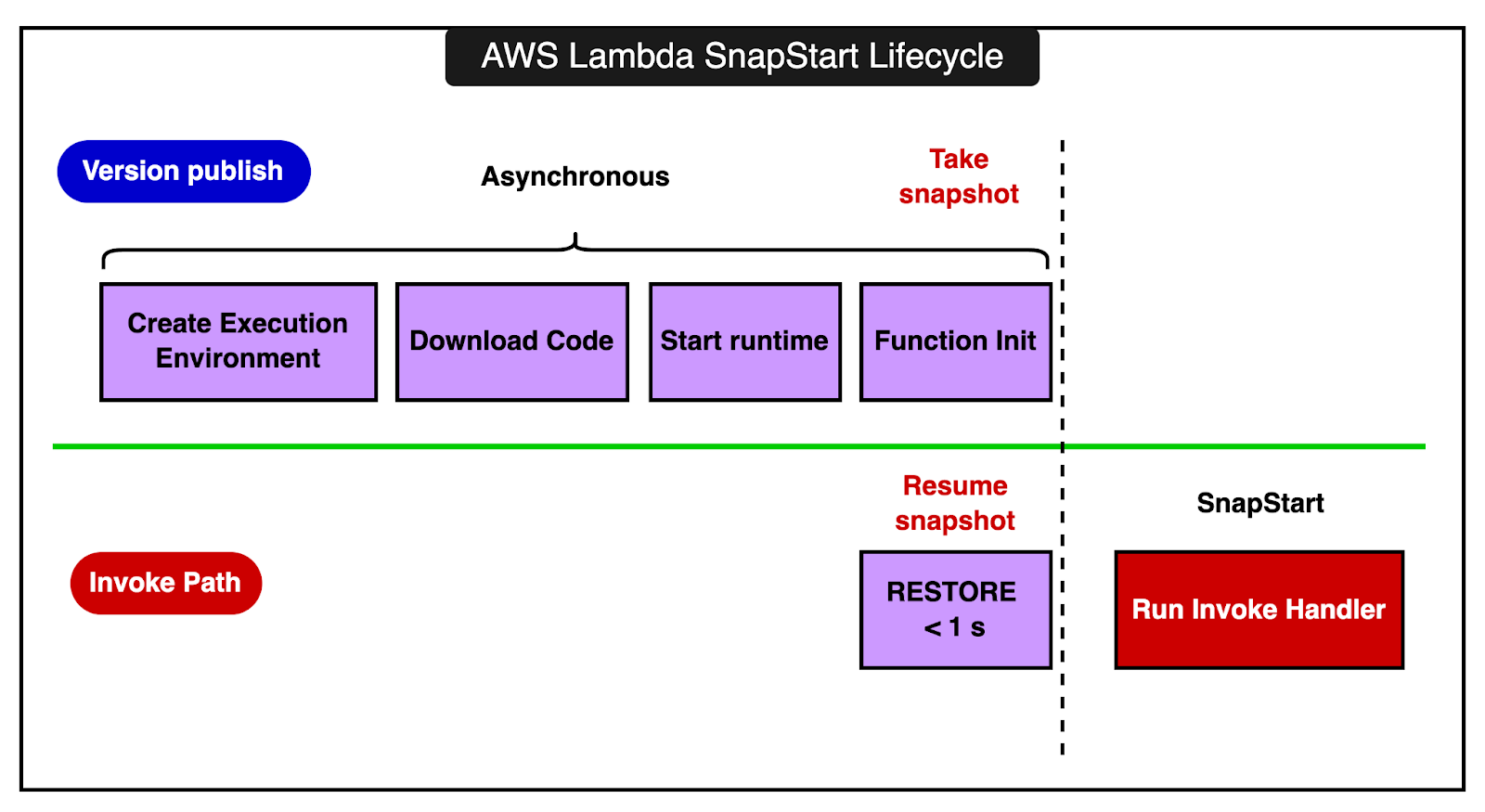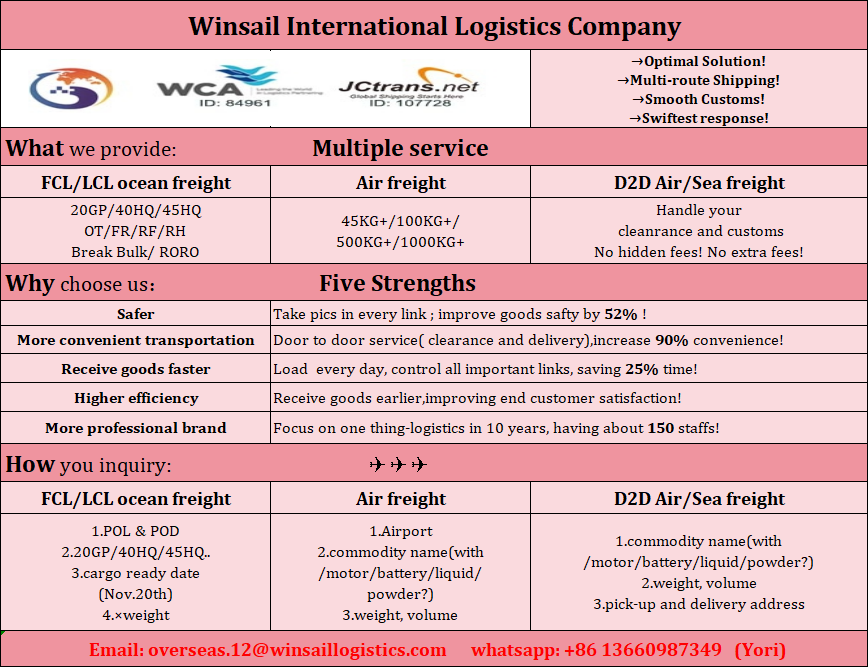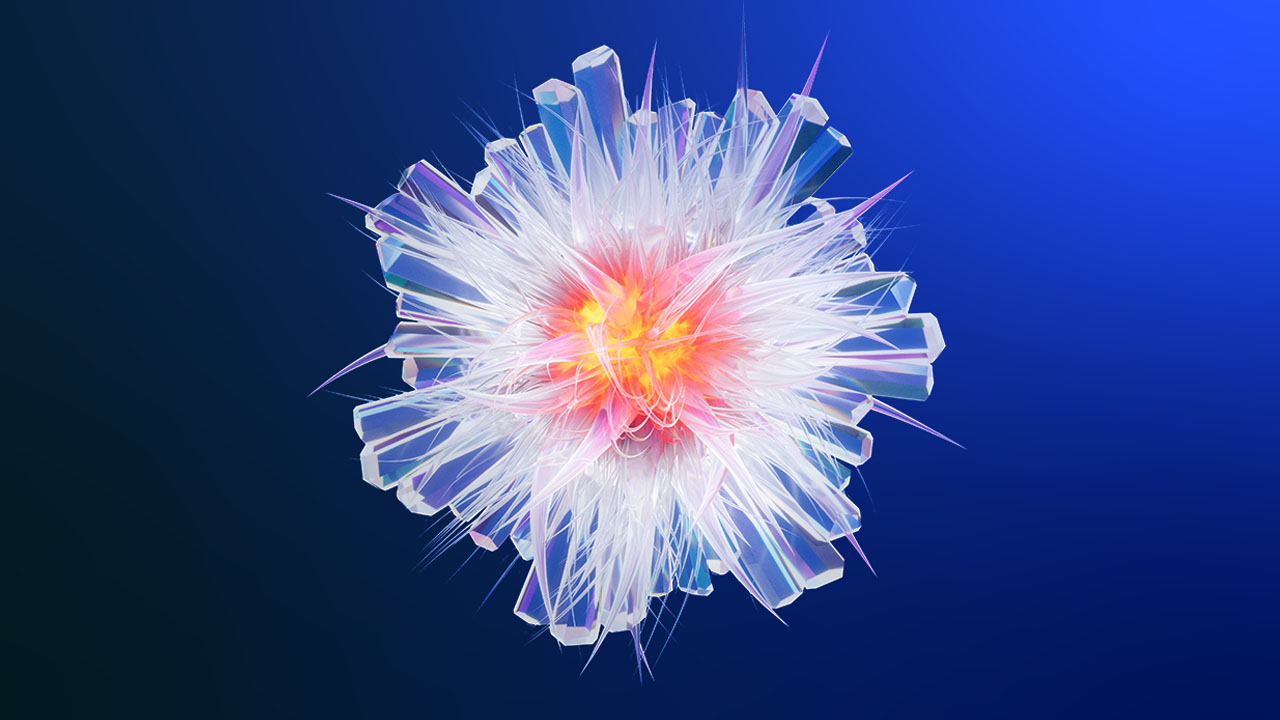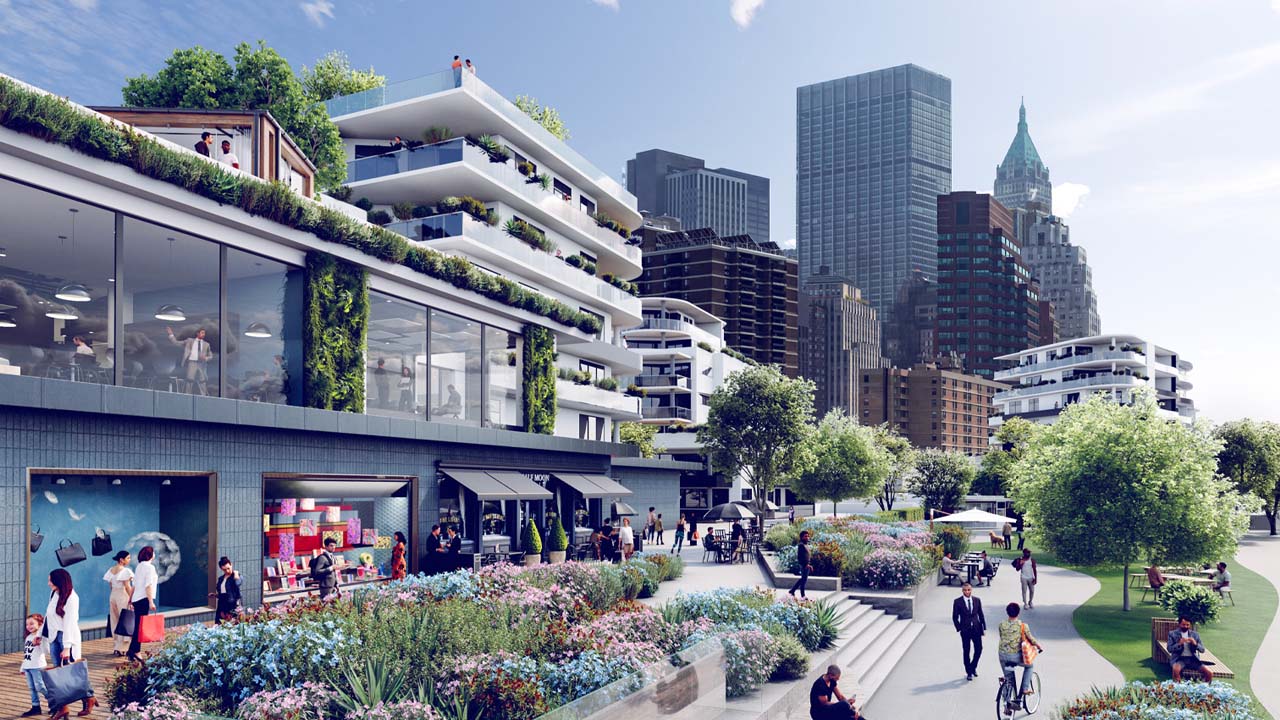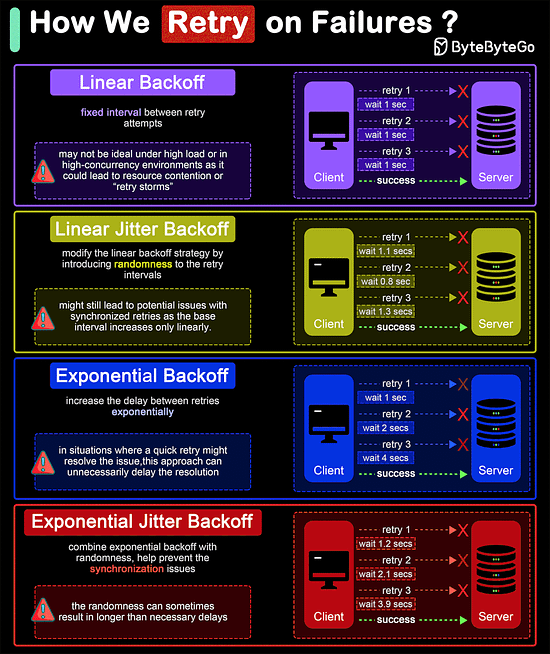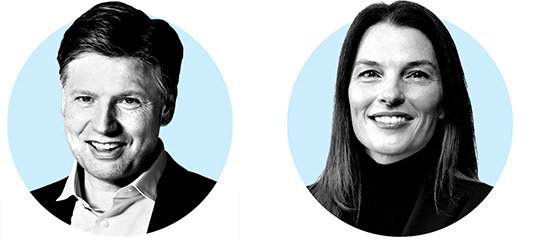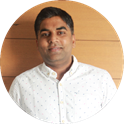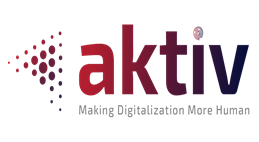Archives
- By thread 5406
-
By date
- June 2021 10
- July 2021 6
- August 2021 20
- September 2021 21
- October 2021 48
- November 2021 40
- December 2021 23
- January 2022 46
- February 2022 80
- March 2022 109
- April 2022 100
- May 2022 97
- June 2022 105
- July 2022 82
- August 2022 95
- September 2022 103
- October 2022 117
- November 2022 115
- December 2022 102
- January 2023 88
- February 2023 90
- March 2023 116
- April 2023 97
- May 2023 159
- June 2023 145
- July 2023 120
- August 2023 90
- September 2023 102
- October 2023 106
- November 2023 100
- December 2023 74
- January 2024 75
- February 2024 75
- March 2024 78
- April 2024 74
- May 2024 108
- June 2024 98
- July 2024 116
- August 2024 134
- September 2024 130
- October 2024 141
- November 2024 171
- December 2024 115
- January 2025 216
- February 2025 140
- March 2025 220
- April 2025 233
- May 2025 239
- June 2025 303
- July 2025 220
-
Re: Odoo
Hi,
Any update on the list?
Regards,
EmilyOn Mon, Jun 3, 2024 at 6:20 PM Emily Gilmartin <emilygilmartin21@gmail.com> wrote:Hello,Would you be interested in a list of users contacts from OdooIf interested we can send samples and pricing.Regards,Emily
by "Emily Gilmartin" <emilygilmartin21@gmail.com> - 02:33 - 4 Jun 2024 -
AWS Lambda Under the Hood
AWS Lambda Under the Hood
WorkOS: enterprise-grade auth for modern SaaS apps (Sponsored) WorkOS helps companies become Enterprise Ready ridiculously fast. → It supports a complete User Management solution along with SSO, SCIM, RBAC, & FGA. → Unlike other auth providers that rely on user-centric models, WorkOS is designed for B2B SaaS with an org modeling approach.͏ ͏ ͏ ͏ ͏ ͏ ͏ ͏ ͏ ͏ ͏ ͏ ͏ ͏ ͏ ͏ ͏ ͏ ͏ ͏ ͏ ͏ ͏ ͏ ͏ ͏ ͏ ͏ ͏ ͏ ͏ ͏ ͏ ͏ ͏ ͏ ͏ ͏ ͏ ͏ ͏ ͏ ͏ ͏ ͏ ͏ ͏ ͏ ͏ ͏ ͏ ͏ ͏ ͏ ͏ ͏ ͏ ͏ ͏ ͏ ͏ ͏ ͏ ͏ ͏ ͏ ͏ ͏ ͏ ͏ ͏ ͏ ͏ ͏ ͏ ͏ ͏ ͏ ͏ ͏ ͏ ͏ ͏ ͏ ͏ ͏ ͏ ͏ ͏ ͏ ͏ ͏ ͏ ͏ ͏ ͏ ͏ ͏ ͏ ͏ ͏ ͏ ͏ ͏ ͏ ͏ ͏ ͏ ͏ ͏ ͏ ͏ ͏ ͏ ͏ ͏ ͏ ͏ ͏ ͏ ͏ ͏ ͏ ͏ ͏ ͏ ͏ ͏ ͏ ͏ ͏ ͏ ͏ ͏ ͏ ͏ ͏ ͏ ͏ ͏ ͏ ͏ ͏ ͏ ͏ ͏ ͏ ͏ ͏ ͏ ͏ ͏ ͏ ͏ ͏ ͏ ͏ ͏ ͏ ͏ ͏ ͏ ͏ ͏ ͏ ͏ ͏ ͏ ͏ ͏ ͏ ͏ ͏ ͏ ͏ ͏ ͏ ͏ ͏ ͏ ͏ ͏ ͏ ͏ ͏ ͏ ͏ ͏ ͏ ͏ ͏ ͏ ͏ ͏ ͏ ͏ ͏ ͏ ͏ ͏ Forwarded this email? Subscribe here for moreWorkOS: enterprise-grade auth for modern SaaS apps (Sponsored)
WorkOS helps companies become Enterprise Ready ridiculously fast.
→ It supports a complete User Management solution along with SSO, SCIM, RBAC, & FGA.
→ Unlike other auth providers that rely on user-centric models, WorkOS is designed for B2B SaaS with an org modeling approach.
→ The APIs are flexible, easy-to-use, and modular. Pick and choose what you need and integrate in minutes.
→ Best of all, User Management is free up to 1 million MAUs and includes bot protection, impersonation, MFA, & more.
Future-proof your auth stack with WorkOS
Disclaimer: The details in this post have been derived from multiple AWS reInvent talks and articles by the Amazon engineering team. All credit for information about AWS Lambda’s internals goes to the presenters and authors. The link to these videos and articles is present in the references section at the end of the post. We’ve attempted to analyze the details and provide our input about them. If you find any inaccuracies or omissions, please leave a comment, and we will do our best to fix them.
AWS Lambda is a serverless compute service that allows developers to run code without provisioning or managing servers.
Lambda functions can be triggered by various AWS services, HTTP endpoints, or custom events generated by applications. This makes it highly versatile for building event-driven architectures.
There are some interesting stats about AWS Lambda:
Processes over 10 trillion invocations per month.
More than a million customers have built applications using AWS Lambda.
The customer base includes individuals, startups, enterprises, and large organizations.
Supports various applications, such as IT automation, data processing pipelines, microservices-based applications, web applications, and machine learning workloads.
The timeline below shows the evolution of AWS Lambda over the years.
In this post, we will look at the architecture and internals of AWS Lambda.
How is a Lambda Function Invoked?
There are two types of invocation models supported by Lambda.
1 - Synchronous Invocation
In synchronous invocation, the caller directly calls the Lambda function. This can be done using the AWS CLI, SDK, or other services like the API Gateway.
The diagram below shows the entire process:
The process involves the following components:
Front-End Service: The front-end service performs authentication and authorization of the request. It also loads and caches metadata to optimize performance.
Counting Service: This service checks quota limits based on account, burst, or reserved concurrency. It ensures high throughput and low latency while operating across multiple availability zones (AZs).
Assignment Service: The assignment service routes invocation requests to available worker hosts. It coordinates the creation of secure execution environments, setting up limits such as memory and CPU allocation. We will talk more about it in a later section.
Placement Service: The assignment service communicates with the placement service to determine the best worker host to handle the new execution environment. The placement service uses machine learning models to make informed decisions about where to place new execution environments. These models take into account variables such as packing density and fleet utilization to make the decisions.
Worker Hosts: They are responsible for downloading, mounting, and running the function code within a microVM. They manage multiple runtimes (such as Node.js, Java, and Python) and Lambda agents for monitoring and operation.
When an invocation occurs, it can have a warm or cold start.
If a warm (already running) execution environment is available, the payload is sent directly to it, and the function runs immediately.
If no warm environment is available, a new execution environment is created. The process involves initializing the runtime, downloading function code, and preparing the environment for execution.
The assignment service keeps track of execution environments. If there are errors during initialization, the environment is marked unavailable. When environments are near the end of their lease, they are gracefully shut down to ensure stability and resource efficiency.
2 - Asynchronous Invocation
In asynchronous invocation, the caller doesn’t wait for the function’s response. Instead, the event is placed in an internal queue and processed separately.
The process involves:
Event Invoke Frontend Service: This service handles asynchronous requests. It authenticates and authorizes the request, then places the event in an internal SQS queue.
Polling Instances: A fleet of pollers reads messages from the SQS queues and sends them to the synchronous front-end service for processing.
Synchronous Processing: Despite being an async request, the actual function execution uses the same synchronous processing pathway as described earlier.
Event Destinations: These can be configured to handle callbacks after processing, providing notifications of success or failure.
The diagram below shows the asynchronous invocation process:
Lambda manages multiple internal queues, scaling them dynamically based on load. The queue manager oversees the creation, deletion, and monitoring of these queues to ensure efficient processing.
As far as polling is concerned, Lambda can poll from various event sources like Kinesis, DynamoDB, SQS, Kafka, and Amazon MQ. The pollers perform the following functions:
Read and Filter: Poll messages from the sources, optionally filtering them to reduce traffic and simplify function code.
Batch Processing: Batch records together before sending them to the function, optimizing performance and reducing costs.
Synchronous Invocation: Use the same synchronous pathway to execute the function, ensuring consistency.
Control plane services (such as State Manager and Stream Tracker) manage the pollers, ensuring they are assigned correctly, scaling them up or down, and handling failures gracefully.
In case a function fails, the message is returned to the queue with a visibility timeout, allowing for retries.
Latest articles
If you’re not a paid subscriber, here’s what you missed.
To receive all the full articles and support ByteByteGo, consider subscribing:
State Management in Lambda
In the earlier architecture of AWS Lambda, the Worker Manager service was responsible for coordinating the execution environments between the frontend invoke service and the worker hosts.
The worker manager performed a couple of important tasks:
State Management: The Worker Manager kept track of which execution environments were available and on which hosts they were running.
Execution Lifecycle: It managed the lifecycle of these environments, ensuring that they were ready to process invocations and handling termination when no longer needed.
There were some challenges with the worker manager:
Single Point of Failure: Each Worker Manager instance stored the state of execution environments in memory. If a Worker manager failed, the execution environments it managed could become orphaned.
Orphaned Environments: Orphaned environments could continue processing current invocations but could not be used for new invocations, leading to cold starts and inefficient resource utilization.
Zonal Failures: In case of a failure in an Availability Zone (AZ), Worker Managers in that AZ would become unavailable. This will also make the environments managed by them unavailable, resulting in capacity loss and increased cold start latencies.
Introduction of the Assignment Service
To address the challenges with Worker Manager, AWS Lambda introduced the Assignment Service which offers a more robust and resilient way to manage execution environments.
The Assignment Service is written in Rust, which is chosen for its performance, memory safety, and low latency characteristics.
The diagram below shows the high-level design of the Assignment Service
The architecture of the Assignment Service has some key properties:
1 - Partitioned Design
The Assignment Service is divided into multiple partitions. Each partition consists of one leader and two followers, spread across different Availability Zones (AZs). This ensures high availability and fault tolerance.
Multiple partitions run simultaneously, with each Assignment Service host managing several partitions. This helps with load distribution and provides redundancy.
2 - External Journal Log Service
The leader in each partition writes the state of execution environments to an external journal log service. The followers read from this log to keep their state in sync with the leader.
In case the leader fails, one of the followers can quickly take over as the new leader using the state information from the journal log.
3 - Frontend Interaction
The frontend invoke service interacts with the leader of the relevant partition to manage invocations.
The leader coordinates with the placement service to create new execution environments and writes this information to the log for followers to update their state.
4 - Failure Handling
If an AZ experiences an outage, the leader and followers in other AZs continue to operate. This means that execution environments in the unaffected AZs remain available and aren’t orphaned.
If a leader fails, a follower can take over quickly using the replicated state, ensuring that there are no interruptions in service and reducing the chances of cold starts.
The Role of Firecracker MicroVM
Firecracker is a lightweight virtual machine manager (VMM) designed specifically for running serverless workloads such as AWS Lambda and AWS Fargate. It uses Linux’s Kernel-based Virtual Machine to create and manage microVMs.
The primary goal of Firecracker is to provide secure and fast-booting microVMs.
Initially, AWS Lambda used EC2 instances to run functions, dedicating a T2 instance to each tenant. This was secure but inefficient, leading to high overhead due to the need for provisioning entire EC2 instances for each function.
In 2018, Lambda transitioned to using Firecracker for managing execution environments. This allowed for much smaller, lightweight microVMs, significantly reducing resource overhead and improving the fleet’s efficiency.
Here are some key technical details of the Firecracker implementation.
1 - MicroVMs and Isolation
Firecracker enables the creation of microVMs, which are smaller and more efficient than traditional VMs. Each microVM runs its isolated execution environment, including the runtime, function code, and any extensions.
Firecracker ensures a strong solution between microVMs, which is crucial for multi-tenant environments where different customer functions run on the same physical host.
2 - Startup Times
Firecracker microVMs are designed to boot in milliseconds, significantly reducing the cold start latency for Lambda functions.
For further optimization, Lambda uses a feature called SnapStart (initially available for the Corretto Java 11 runtime). SnapStart pre-initializes execution environments and takes snapshots, which are restored on demand when needed. We will talk more about it in the next section.
3 - Resource Utilization
By running multiple microVMs on a single physical host, Firecracker improves CPU utilization, memory, and storage resources. This allows Lambda to handle more functions with fewer resources.
Also, Firecracker supports the dynamic scaling of resources for quick adjustment to changing workloads.
4 - Storage and Networking
Lambda uses a virtual file system driver to present an EXT4 file system to the microVMs. This driver handles file system calls and maps them to the underlying storage.
Firecracker optimizes network performance by providing high-speed virtual network interfaces, ensuring fast and reliable communication.
Lambda as a Storage Service
AWS Lambda is primarily known as a serverless compute service. However, it also incorporates significant storage service functionalities.
Think of Lambda not just as a compute service but also as a storage service because it deals with storing and managing a lot of data behind the scenes.
But why is storage important for Lambda?
It’s because when you run a function on Lambda, it needs three main things:
Input Data: The information or data your function will process
Function Code: The code you wrote that tells Lambda what to do
Execution Environment: The virtual machine (VM) where your code runs.
To make all of this work smoothly, Lambda needs to manage and store these components efficiently.
1 - Storing Code and Data Efficiently
Instead of storing your entire code or data as one big piece, Lambda breaks it down into smaller pieces called chunks.
This process is known as chunking and it allows Lambda to handle large and complex functions more effectively.
Here’s how it works:
Breaking down container images: When you upload a container image (which can be up to 10 GB) to AWS Lambda, it doesn’t store the entire image as one big file. Instead, Lambda breaks this image down into smaller pieces or chunks. For example, the base OS layer is broken down into smaller pieces, the runtime layer into another set of pieces, and so on.
Storage and Access: These chunks are then stored separately, making it easier to manage and retrieve them as needed. When your function runs, Lambda only loads the chunks it needs at that moment, rather than the entire image. This is much faster and more efficient.
Retrieving Chunks: When your function is invoked, Lambda checks which parts of the container image it needs to execute the function. It then retrieves only those specific chunks from storage.
Optimizing Performance: Since only the required chunks are loaded, this reduces the amount of data that needs to be transferred and processed, leading to faster startup times and better performance. Frequently accessed chunks can be cached to avoid fetching them from the main storage repeatedly.
2 - Sharing Common Data
Lambda often runs many functions that use similar code or data such as base operating system layer or common runtime libraries.
Instead of storing multiple copies of the same thing, it stores one copy and reuses it.
To make sure the shared data is secure, Lambda uses a technique called convergent encryption.
But how does convergent encryption work?
Plaintext Chunk Creation: Lambda starts with a plaintext chunk, which is a segment of the flattened file system of a container image. Each chunk represents a specific range of the block device that makes up the file system.
Appending Extra Data: To ensure security and integrity, additional data is appended to the chunk. This extra data is generated by the Lambda service and can include metadata or unique identifiers. The purpose of this extra data is to add a layer of uniqueness to the chunk.
Hash Computation: A cryptographic hash function is used to compute a hash of the combined plaintext chunk and extra data. This hash serves as the encryption key for that specific chunk, ensuring that identical chunks produce the same hash and thus the same encryption key.
Encryption: The plaintext chunk, along with the extra data, is then encrypted using the computed hash as the encryption key.
Manifest Creation: Lambda creates a manifest file that contains the keys (hashes) and pointers to the encrypted chunks in the storage subsystem. The manifest itself is encrypted with a customer-specific AWS Key Management Service, ensuring that only authorized entities can access it.
3 - Making Initialization Faster with SnapStart
When a Lambda function is invoked and there isn’t an already running execution environment, Lambda has to create a new one. This involves several steps:
Provisioning: Setting up a new virtual machine
Downloading: Retrieving the function code from storage
Initializing: Starting the runtime and initializing the function code.
These steps can take time, especially for complex functions or runtimes like Java, which have longer startup times. This delay is known as cold start latency.
SnapStart is a feature designed to significantly reduce cold start latency by pre-initializing the execution environment and then using snapshots.
Here’s how it works:
When you update your function code or deploy a new version, Lambda performs an initial setup and creates a new execution environment.
Once the execution environment is fully set up and ready to handle invocations, Lambda takes a snapshot of this environment. The snapshot captures the entire state of the VM, including the memory state, runtime state, and initialized data. The snapshot is then broken down into smaller pieces and encrypted to ensure security.
These encrypted chunks are stored securely.
When a new invocation request arrives, Lambda first checks if there’s an already running execution environment (a warm start). If not, it proceeds to use the snapshot. The necessary chunks are loaded and decrypted and the environment is brought back to the state it was in when the snapshot was taken.
Conclusion
AWS Lambda revolutionized the way developers build and deploy applications by providing a serverless environment that abstracts away the complexities of infrastructure management.
Here are the main takeaways from the internals of AWS Lambda:
To achieve the impressive statistics associated with Lambda, AWS leverages multiple advanced techniques such as chunking and convergent encryption to manage and share common data.
The introduction of SnapStart addressed the critical challenge of cold start latency, particularly for runtimes like Java.
The transition from the Worker Manager to the Assignment Service marked a significant improvement in state management.
With Firecracker microVMs, Lambda achieves lightweight and secure virtualization.
References:
SPONSOR US
Get your product in front of more than 500,000 tech professionals.
Our newsletter puts your products and services directly in front of an audience that matters - hundreds of thousands of engineering leaders and senior engineers - who have influence over significant tech decisions and big purchases.
Space Fills Up Fast - Reserve Today
Ad spots typically sell out about 4 weeks in advance. To ensure your ad reaches this influential audience, reserve your space now by emailing hi@bytebytego.com
Like
Comment
Restack
© 2024 ByteByteGo
548 Market Street PMB 72296, San Francisco, CA 94104
Unsubscribe
by "ByteByteGo" <bytebytego@substack.com> - 11:37 - 4 Jun 2024 -
Subject: Paid Guest Post: Boost Engagement on your website
Hi there,
Longtime reader of content. I'm very impressed with your quality of content. I have a passion for writing and I am
looking to create a paid guest post that drives engagement for your audience. Open to discussing topics & rates.
Interested? Let's chat.
Best,
Anthony brown
by "Anthony Brown" <anthonybrown30754@gmail.com> - 06:38 - 4 Jun 2024 -
Don't forget our API platform insights online panel discussion on 18 June!
Don't forget our API platform insights online panel discussion on 18 June!
Unlock the secrets of API platforms with our experts. Explore trends, metrics, and AI's impact on efficiency and ROI.Hi Md Abul,
Quick reminder! Our API platform insights online panel discussion, in collaboration with Research HQ, is happening soon. It's all about formulating a successful API platform strategy and accelerating your API platform maturity.
📅 Date: 18th of June
🕙 Time: 10 am EDT / 3 pm BST
📍 Location: ZoomJoin industry experts Jennifer Riggins, Nicki Watt and yours truly as we delve into the API platform insights 2024 report, exploring current trends in the world of API platforms, how teams are measuring success, and the impact of AI-based tools to help platform teams boost efficiency and ROI.
Thanks,
Budha & teamTyk, 87a Worship Street, London, City of London EC2A 2BE, United Kingdom, +44 (0)20 3409 1911
by "Budhaditya Bhattacharya" <budha@tyk.io> - 06:00 - 4 Jun 2024 -
What’s the top concern for today’s business leaders?
Only McKinsey
How capital flows are shifting
by "Only McKinsey" <publishing@email.mckinsey.com> - 01:31 - 4 Jun 2024 -
Odoo
Hello,Would you be interested in a list of users contacts from OdooIf interested we can send samples and pricing.Regards,Emily
by "Emily Gilmartin" <emilygilmartin21@gmail.com> - 08:50 - 3 Jun 2024 -
Re: Weekly update Shipping information fm China
Good day dear
Feel free to let me know if you need rates
My email: overseas.12@winsaillogistics.com
My Tel/whatsapp number:+86 13660987349
by "Yori" <overseas11@gz-logistics.cn> - 06:38 - 3 Jun 2024 -
Six paths to sustainable growth: A leader’s guide
Grow big or go home Brought to you by Liz Hilton Segel, chief client officer and managing partner, global industry practices, & Homayoun Hatami, managing partner, global client capabilities
When it comes to goal setting, achieving company growth that’s sustainable over time sounds like a no-brainer for every organization. Yet in an era of constant turbulence and disruption, the “how” of growing and of outperforming the competition—over time, no less—may feel especially hard to pin down. A strategic approach to sustainable, inclusive growth requires a willingness to take risks, the ability to see beyond the current economic cycle, and, above all, an explicit choice to grow. This week, we explore the key components of growth that can set companies up for success in the long run.
To grow profitably, consistently, and sustainably in the long term, companies must be courageous, innovative, and bold. But only a select few are meeting this mark, according to McKinsey’s Jill Zucker, Kate Siegel, and Rebecca Doherty. After studying how more than 4,000 global companies pursue growth, they have identified six strategies that help organizations outperform over time. Among the six paths to growth, the first two (strong commitments to innovation and to sustainable, inclusive growth) foster an aspirational, growth-focused culture. Growing the core business with tech, expanding selectively into adjacent businesses, and divesting with discipline enable a company to set growth in motion. And lastly, giving employees ownership for growth initiatives helps people build the skills necessary to capture value quickly and on an ongoing basis.
That’s the share of respondents in a recent resource allocation survey who say their companies’ top management encourages high-potential, risky projects—the very sort that help spur growth. In their research, McKinsey’s Andy West and Tim Koller also found that when management does support these initiatives, respondents are more likely to report outperforming on both revenue growth and return on capital. These findings confirm that much of the choice to grow depends on whether companies are putting resources against that growth and making bold moves.
That’s senior partner Michael Birshan and his coauthors explaining why, perhaps counterintuitively, innovation is especially critical to growth during uncertain times. According to the authors, “Innovation has always been essential to long-term value creation and resilience because it creates countercyclical and noncyclical revenue streams.” So if your company’s not actively exploring new paths to growth, it’s already behind. To pave the way for outperforming over time, a company’s best innovation moves are revisiting its innovation portfolio (which should include both short-term and long-term innovations), seeking new insights and opportunities in adjacent markets, and adapting its business model.
When it comes to future-proofing the business, what does it take for companies (and their leaders) to change the game rather than just play it? According to Lucy Parker, partner at the Brunswick Group, it’s an “activist mindset”: that is, “making real the concepts that need to happen related to change.” In a McKinsey Author Talks conversation about her book on leadership for the long term, Parker describes the need for activist leadership—and the activist mindset that’s required for creating social as well as financial value. When leaders recognize their own role—and that of their companies—in tackling systemic, societal challenges that also affect the long-term prospects of their business, they’re better positioned to leave the company better than they found it. “You win by moving into the offensive and saying, ‘What’s needed here?’” Parker says. “That and then stepping toward it constitutes an activist mindset.”
If you’re pursuing growth of the horticultural kind, you’re in luck. The global network of plant influencers seems larger than ever, and some amateur plant lovers are even going pro, with book deals, stores, and their own lifestyle brands. Meanwhile, others are leaving jobs in media, fashion, and tech start-ups to care for corporate florae in New York City. Despite the postpandemic decline in office attendance, which seems like it’s here to stay, plant care jobs are in high demand among some urban dwellers who, in search of greener pastures, have traded in their laptops for watering cans.
Lead by committing to growth.
— Edited by Daniella Seiler, executive editor, Washington, DC
Share these insights
Did you enjoy this newsletter? Forward it to colleagues and friends so they can subscribe too. Was this issue forwarded to you? Sign up for it and sample our 40+ other free email subscriptions here.
This email contains information about McKinsey’s research, insights, services, or events. By opening our emails or clicking on links, you agree to our use of cookies and web tracking technology. For more information on how we use and protect your information, please review our privacy policy.
You received this email because you subscribed to the Leading Off newsletter.
Copyright © 2024 | McKinsey & Company, 3 World Trade Center, 175 Greenwich Street, New York, NY 10007
by "McKinsey Leading Off" <publishing@email.mckinsey.com> - 04:49 - 3 Jun 2024 -
Re: Follow Up
Hi,
I wanted to check with you if you had a time to go through my previous email,
Let me know your thoughts about acquiring this email list
Regards,
Joan
---------------------------------------------------------------------------------------------------------------------------------------------------------------
Would you be interested in acquiring Cosmetics and Personal Care Industry Professionals List with Email across North America, UK, Europe and Global?
We maintain a database of 135,000+ Confirmed Contacts of Cosmetics and Personal Care Industry Professionals with complete contact information including opt-emails across North America, UK, Europe and Global.
The list includes Name, Company, Title, Employee & Revenue Size, Industry, SIC Code, Fax, Website, Physical Address, Phone Number and Verified Email Address.
Ø Guaranteed 95% on email deliverability and 100% on all other information.
Ø Delivered in excel or csv format with complete ownership rights.
Please send me your target audience and geographical area, so that I can give you more information, Counts and Pricing just for your review.
The Pricing depends on the volume of the data you acquire, more the volume less will be the cost and vice-versa.
Looking forward to hearing from you.
Regards,
Joan Tamez | Online Marketing Executive
P We have a responsibility to the environment
Before printing this e-mail or any other document, let's ask ourselves whether we need a hard copy
If you don't wish to receive our newsletters, reply back with "EXCLUDE ME" in the subject line.
by "Joan Tamez" <joan.tamez@reachsmedia.com> - 01:04 - 3 Jun 2024 -
How business leaders can jump-start an era of abundance
Only McKinsey
3 ways to lift productivity Brought to you by Liz Hilton Segel, chief client officer and managing partner, global industry practices, & Homayoun Hatami, managing partner, global client capabilities
•
An abundant future. Many business leaders are uncertain about how to help their companies prosper in an era of ongoing disruption. Yet companies can upskill workers, change how their organizations operate, strive to offset higher input prices and interest rates, and invest in capital and technology. Those that do have an opportunity to accelerate growth, boost productivity, and create a more prosperous and sustainable future, McKinsey senior partner Asutosh Padhi, McKinsey partner Ezra Greenberg, and McKinsey Global Institute chair Sven Smit explain.
—Edited by Belinda Yu, editor, Atlanta
This email contains information about McKinsey's research, insights, services, or events. By opening our emails or clicking on links, you agree to our use of cookies and web tracking technology. For more information on how we use and protect your information, please review our privacy policy.
You received this newsletter because you subscribed to the Only McKinsey newsletter, formerly called On Point.
Copyright © 2024 | McKinsey & Company, 3 World Trade Center, 175 Greenwich Street, New York, NY 10007
by "Only McKinsey" <publishing@email.mckinsey.com> - 11:05 - 2 Jun 2024 -
We want guest post on your site https://www.smechamber.mt/
--HyWe want guest post on your site https://www.smechamber.mt/What is it's price?We want do-follow indexed permanent links.Also tell me do you accept casino related articles?We'll provide an article also.Payment via PayPal.Let us know,waiting to hear from you.Thanks.
by "Asghar Ali" <ghulamgoesmustafa76@gmail.com> - 02:48 - 2 Jun 2024 -
The week in charts
The Week in Charts
Thriving workplaces, economic empowerment, and more Share these insights
Did you enjoy this newsletter? Forward it to colleagues and friends so they can subscribe too. Was this issue forwarded to you? Sign up for it and sample our 40+ other free email subscriptions here.
This email contains information about McKinsey's research, insights, services, or events. By opening our emails or clicking on links, you agree to our use of cookies and web tracking technology. For more information on how we use and protect your information, please review our privacy policy.
You received this email because you subscribed to The Week in Charts newsletter.
Copyright © 2024 | McKinsey & Company, 3 World Trade Center, 175 Greenwich Street, New York, NY 10007
by "McKinsey Week in Charts" <publishing@email.mckinsey.com> - 03:20 - 1 Jun 2024 -
EP114: 7 Must-know Strategies to Scale Your Database
EP114: 7 Must-know Strategies to Scale Your Database
This week’s system design refresher: 7 must-know strategies to scale your database How do we retry on failures? Reddit’s Core Architecture What is the best way to learn SQL? Everything You Need to Know About Cross-Site Scripting (XSS) SPONSOR US Your ultimate guide to integrating email, calendars & contacts (Sponsored)͏ ͏ ͏ ͏ ͏ ͏ ͏ ͏ ͏ ͏ ͏ ͏ ͏ ͏ ͏ ͏ ͏ ͏ ͏ ͏ ͏ ͏ ͏ ͏ ͏ ͏ ͏ ͏ ͏ ͏ ͏ ͏ ͏ ͏ ͏ ͏ ͏ ͏ ͏ ͏ ͏ ͏ ͏ ͏ ͏ ͏ ͏ ͏ ͏ ͏ ͏ ͏ ͏ ͏ ͏ ͏ ͏ ͏ ͏ ͏ ͏ ͏ ͏ ͏ ͏ ͏ ͏ ͏ ͏ ͏ ͏ ͏ ͏ ͏ ͏ ͏ ͏ ͏ ͏ ͏ ͏ ͏ ͏ ͏ ͏ ͏ ͏ ͏ ͏ ͏ ͏ ͏ ͏ ͏ ͏ ͏ ͏ ͏ ͏ ͏ ͏ ͏ ͏ ͏ ͏ ͏ ͏ ͏ ͏ ͏ ͏ ͏ ͏ ͏ ͏ ͏ ͏ ͏ ͏ ͏ ͏ ͏ ͏ ͏ ͏ ͏ ͏ ͏ ͏ ͏ ͏ ͏ ͏ ͏ ͏ ͏ ͏ ͏ ͏ ͏ ͏ ͏ ͏ ͏ ͏ ͏ ͏ ͏ ͏ ͏ ͏ ͏ ͏ ͏ ͏ ͏ ͏ ͏ ͏ ͏ ͏ ͏ ͏ ͏ ͏ ͏ ͏ ͏ ͏ ͏ ͏ ͏ ͏ ͏ ͏ ͏ ͏ ͏ ͏ ͏ ͏ ͏ ͏ ͏ ͏ ͏ ͏ ͏ ͏ ͏ ͏ ͏ ͏ ͏ ͏ ͏ ͏ ͏ ͏ ͏ Forwarded this email? Subscribe here for moreThis week’s system design refresher:
7 must-know strategies to scale your database
How do we retry on failures?
Reddit’s Core Architecture
Everything You Need to Know About Cross-Site Scripting (XSS)
SPONSOR US
Your ultimate guide to integrating email, calendars & contacts (Sponsored)
Launch native email, calendar, and contacts capabilities with the greatest possible ROI. This latest guide from Nylas walks you through the most common options to launch these integrations for all major email and calendar service providers (Gmail, Outlook, IMAP, etc.) including APIs vs. building yourself. Read on to discover best practices and:
How complex it is to build the email, calendar and contacts integration from scratch
The true cost of building your own email, calendar, contacts integration
6 Questions for CTOs and product managers to future-proof their business
If you're interested in trying out an API that integrates these email and calendar service providers for you, check out Nylas.
7 must-know strategies to scale your database
Indexing:
Check the query patterns of your application and create the right indexes.Materialized Views:
Pre-compute complex query results and store them for faster access.Denormalization:
Reduce complex joins to improve query performance.Vertical Scaling
Boost your database server by adding more CPU, RAM, or storage.Caching
Store frequently accessed data in a faster storage layer to reduce database load.Replication
Create replicas of your primary database on different servers for scaling the reads.Sharding
Split your database tables into smaller pieces and spread them across servers. Used for scaling the writes as well as the reads.
Over to you: What other strategies do you use for scaling your databases?
How do we retry on failures?
In distributed systems and networked applications, retry strategies are crucial for handling transient errors and network instability effectively. The diagram shows 4 common retry strategies.
Linear Backoff
Linear backoff involves waiting for a progressively increasing fixed interval between retry attempts.
Advantages: Simple to implement and understand.
Disadvantages: May not be ideal under high load or in high-concurrency environments as it could lead to resource contention or "retry storms".Linear Jitter Backoff
Linear jitter backoff modifies the linear backoff strategy by introducing randomness to the retry intervals. This strategy still increases the delay linearly but adds a random "jitter" to each interval.
Advantages: The randomness helps spread out the retry attempts over time, reducing the chance of synchronized retries across instances.
Disadvantages: Although better than simple linear backoff, this strategy might still lead to potential issues with synchronized retries as the base interval increases only linearly.Exponential Backoff
Exponential backoff involves increasing the delay between retries exponentially. The interval might start at 1 second, then increase to 2 seconds, 4 seconds, 8 seconds, and so on, typically up to a maximum delay. This approach is more aggressive in spacing out retries than linear backoff.
Advantages: Significantly reduces the load on the system and the likelihood of collision or overlap in retry attempts, making it suitable for high-load environments.
Disadvantages: In situations where a quick retry might resolve the issue, this approach can unnecessarily delay the resolution.Exponential Jitter Backoff
Exponential jitter backoff combines exponential backoff with randomness. After each retry, the backoff interval is exponentially increased, and then a random jitter is applied. The jitter can be either additive (adding a random amount to the exponential delay) or multiplicative (multiplying the exponential delay by a random factor).
Advantages: Offers all the benefits of exponential backoff, with the added advantage of reducing retry collisions even further due to the introduction of jitter.
Disadvantages: The randomness can sometimes result in longer than necessary delays, especially if the jitter is significant.
Latest articles
If you’re not a paid subscriber, here’s what you missed.
To receive all the full articles and support ByteByteGo, consider subscribing:
Reddit’s Core Architecture
A quick look at Reddit’s Core Architecture that helps it serve over 1 billion users every month.
This information is based on research from many Reddit engineering blogs. But since architecture is ever-evolving, things might have changed in some aspects.
The main points of Reddit’s architecture are as follows:Reddit uses a Content Delivery Network (CDN) from Fastly as a front for the application
Reddit started using jQuery in early 2009. Later on, they started using Typescript and have now moved to modern Node.js frameworks. Over the years, Reddit has also built mobile apps for Android and iOS.
Within the application stack, the load balancer sits in front and routes incoming requests to the appropriate services.
Reddit started as a Python-based monolithic application but has since started moving to microservices built using Go.
Reddit heavily uses GraphQL for its API layer. In early 2021, they started moving to GraphQL Federation, which is a way to combine multiple smaller GraphQL APIs known as Domain Graph Services (DGS). In 2022, the GraphQL team at Reddit added several new Go subgraphs for core Reddit entities thereby splitting the GraphQL monolith.
From a data storage point of view, Reddit relies on Postgres for its core data model. To reduce the load on the database, they use memcached in front of Postgres. Also, they use Cassandra quite heavily for new features mainly because of its resiliency and availability properties.
To support data replication and maintain cache consistency, Reddit uses Debezium to run a Change Data Capture process.
Expensive operations such as a user voting or submitting a link are deferred to an async job queue via RabbitMQ and processed by job workers. For content safety checks and moderation, they use Kafka to transfer data in real-time to run rules over them.
Reddit uses AWS and Kubernetes as the hosting platform for its various apps and internal services.
For deployment and infrastructure, they use Spinnaker, Drone CI, and Terraform.
Over to you: what other aspects do you know about Reddit’s architecture?
Everything You Need to Know About Cross-Site Scripting (XSS)
XSS, a prevalent vulnerability, occurs when malicious scripts are injected into web pages, often through input fields. Check out the diagram below for a deeper dive into how this vulnerability emerges when user input is improperly handled and subsequently returned to the client, leaving systems vulnerable to exploitation.
Understanding the distinction between Reflective and Stored XSS is crucial. Reflective XSS involves immediate execution of the injected script, while Stored XSS persists over time, posing long-term threats. Dive into the diagrams for a comprehensive comparison of these attack vectors.
Imagine this scenario: A cunning hacker exploits XSS to clandestinely harvest user credentials, such as cookies, from their browser, potentially leading to unauthorized access and data breaches. It's a chilling reality.
But fret not! Our flyer also delves into effective mitigation strategies, empowering you to fortify your systems against XSS attacks. From input validation and output encoding to implementing strict Content Security Policies (CSP), we've got you covered.
Over to you: How can we amplify user awareness to proactively prevent falling victim to XSS attacks? Share your insights and strategies below! Let's collaboratively bolster our web defenses and foster a safer digital environment.SPONSOR US
Get your product in front of more than 500,000 tech professionals.
Our newsletter puts your products and services directly in front of an audience that matters - hundreds of thousands of engineering leaders and senior engineers - who have influence over significant tech decisions and big purchases.
Space Fills Up Fast - Reserve Today
Ad spots typically sell out about 4 weeks in advance. To ensure your ad reaches this influential audience, reserve your space now by emailing hi@bytebytego.com
Like
Comment
Restack
© 2024 ByteByteGo
548 Market Street PMB 72296, San Francisco, CA 94104
Unsubscribe
by "ByteByteGo" <bytebytego@substack.com> - 11:35 - 1 Jun 2024 -
Preparing for a new future of work
Plus, bad bosses, geopolitical resilience, and women’s health By 2030, about 27 percent of current hours worked in Europe and 30 percent of hours worked in the United States could be automated, accelerated by generative AI (gen AI). Europe could require up to 12 million occupational transitions, double the pace observed before the COVID-19 pandemic. In the United States, required transitions could reach almost 12 million, in line with the prepandemic norm.
In our first featured story, McKinsey’s Anu Madgavkar, Dana Maor, Eric Hazan, Michael Chui, Sven Smit, and coauthors look at how choices made today could revive productivity growth while creating better societal outcomes. Our second featured story outlines five actions that can help leaders reimagine work, the workplace, and the worker as gen AI begins to reshape jobs.
Other highlights include the following topics:•
why the traits that propel people to the top diverge so widely from those that make people great leaders
•
how chief information officers can turn gen AI’s promise into business value
•
how business leaders today can determine whether their organizations can maintain a global presence
•
the impact of women’s health issues around the world

Why so many bad bosses still rise to the top
Narcissism. Overconfidence. Low EQ. Why do we persist in selecting for leadership traits that hamper organizational progress—and leave the right potential leaders in the wrong roles?
3 steps forward
Moving past gen AI’s honeymoon phase: Seven hard truths for CIOs to get from pilot to scale
Getting to scale requires CIOs to focus on fewer things but do them better.
Get to scale with gen AI
Can your company remain global and if so, how?
Geopolitical uncertainty is forcing global companies to take a hard look at the decades-long strategy of geographic expansion.
Establish geopolitical resilience
Bridging the women’s health gap: A country-level exploration
In this McKinsey Health Institute interactive analysis, we explore the latest data on the impact of women’s health issues around the world.
Read more
AI for social good: Improving lives and protecting the planet
As AI advances from predictive to generative capabilities, its potential to address social issues defined by the UN Sustainable Development Goals expands.
Potential, challenges, and risks
Courageous growth: Six strategies for continuous growth outperformance
Fewer than one in four companies outpace their industry peers on revenue and profit growth. New McKinsey research reveals the six mindsets and strategies that set these growth outperformers apart.
6 strategiesExplore

McKinsey Explainers
Find direct answers to complex questions, backed by McKinsey’s expert insights.
Learn more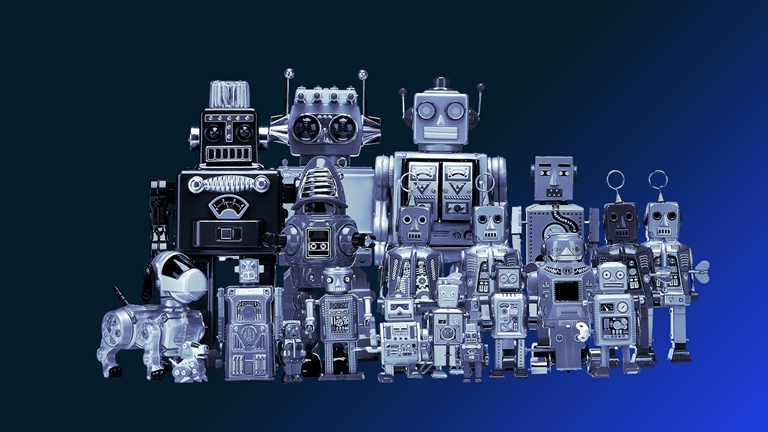
McKinsey Themes
Browse our essential reading on the topics that matter.
Get up to speed
McKinsey on Books
Explore this month’s best-selling business books prepared exclusively for McKinsey Publishing by Circana.
See the lists
McKinsey Chart of the Day
See our daily chart that helps explain a changing world—as we strive for sustainable, inclusive growth.
Dive in
McKinsey Classics
You don’t need a formal strategy role to help shape your organization’s strategic direction. Read our 2012 classic “Becoming more strategic: Three tips for any executive” to learn more.
Rewind
Only McKinsey
Delivering actionable insights on the day’s news, as only McKinsey canewsletter highlights an article a day, picked by our editors.
Subscribe now— Edited by Eleni Kostopoulos, managing editor, New York
Share these insights
Did you enjoy this newsletter? Forward it to colleagues and friends so they can subscribe too. Was this issue forwarded to you? Sign up for it and sample our 40+ other free email subscriptions here.
This email contains information about McKinsey's research, insights, services, or events. By opening our emails or clicking on links, you agree to our use of cookies and web tracking technology. For more information on how we use and protect your information, please review our privacy policy.
You received this email because you are a registered member of our Monthly Highlights newsletter.
Copyright © 2024 | McKinsey & Company, 3 World Trade Center, 175 Greenwich Street, New York, NY 10007
by "McKinsey Highlights" <publishing@email.mckinsey.com> - 11:33 - 1 Jun 2024 -
Re: Advertising | Content Post "
Hi, We are interested in Publishing Article and Link insert ( https://www.odoo.com/) on the site with Do-follow links. Our Article will be related to your industry. We promise Our article will be 100% unique and plagiarism-free. Please let us know the charges for Article Publishing and link insert. Thank you for being so considerate, and we look forward to hearing back from you soon.
by "sham haider" <sham.seomedia@gmail.com> - 03:04 - 1 Jun 2024 -
https://www.odoo.com/
--hihope you all is welli need to post on your site;https://www.odoo.com/please tell me your pricesnormal post;link insertion;Casino/cbd/gamblingi will pay after live linkwaiting for your responsethanksregard;
by "Awais Blogger" <awaisbloggerseo@gmail.com> - 02:45 - 1 Jun 2024 -
🌟 Elevate Your Presence: Guest Posting, General Article, and Link Insertion Proposal 🚀
Hello Dear ,
I am offering you a chance to publish guest posts on high-quality websites to enhance your online presence and reach a wider audience.
Available Websites for Guest Posting:
Site DR Traffic rusticotv.org 51 11.9k ko-fi.com 91 154k fotoblogs.co.uk 39 5.31k onionplay.co.uk 38 4.10k henof.com 65 39.1k srune.com 26 10.9k snntv.com 73 13.0k iconhot.com 24 9.8k Benefits:
- High Domain Authority: Valuable backlinks.
- Significant Traffic: Boost your brand’s visibility.
- Diverse Niches: Target your specific audience.
- Quality Content: Engaging and SEO-optimized posts.
Process:
- Content Creation: Provide content or let our writers create it.
- Approval: Review and approve the content.
- Publication: We publish the post.
- Promotion: We help promote the post for maximum reach.
Interested? Reply to discuss pricing and available slots.
Best regards,
Jack Edwin Outreach Specialist
by "Jack Edwin" <jackedwin987@gmail.com> - 03:10 - 31 May 2024 -
Lifting more people above the ‘empowerment line’
Essentials within reach Brought to you by Sven Smit, chair of insights and ecosystems and of the McKinsey Global Institute, & Tracy Francis, chief marketing officer
This week’s headline findings
Do these insights resonate with you? What else should we be writing about now? Tell us by emailing insightstoimpact@mckinsey.com.
With McKinsey, it’s never just tech. Find out how we apply strategy, deep domain expertise, and more to help clients outcompete with technology and transform their companies.Many people in lower- and middle-income countries have built better lives thanks to economic growth, but in wealthier countries—the McKinsey Global Institute estimates—about 20 percent of the population consistently falls below the “empowerment line,” a threshold at which people can afford necessities and start saving. That’s because essentials get more expensive as countries grow wealthier. But if all countries with pricier goods and services could cut those costs to match nations with similar income levels but cheaper necessities, about 230 million additional people could rise above the empowerment line, say senior partners Kweilin Ellingrud and Marco Piccitto and coauthors. Although the public sector would need to play its part in making this happen, the private sector can help by striving to offer affordable goods and services in housing, energy, food, healthcare, and communication.
Underdeveloped leadership is a key reason for the 80 percent failure rate of start-ups, making intentional investment in leadership development crucial. When founders delegate effectively, they not only free up their own time and energy but also empower their employees to take on more responsibility and make decisions on their own. This fosters a sense of trust and autonomy and also allows for growth and innovation within the company, say senior partners Alok Kshirsagar and Arne Gast and coauthors. Well-developed leadership has a profound impact. McKinsey research shows that organizations performing in the top quartile of leadership have almost double the EBITDA of others. But it’s a tricky balance to strike because effective leadership at a start-up needs to allow for rapid transformation while also respecting the entrepreneurial spirit that led to the start-up’s creation.
The apparel industry faces challenges due to supply chain disruptions. To thrive, brands must rethink sourcing strategies, become more efficient, collaborate with suppliers, and embrace digital solutions, say senior partners Karl-Hendrik Magnus and Patricio Ibáñez and coauthors. Apparel businesses understand the urgency and are focusing on efficiency, supply chain resilience, and sustainability, according to McKinsey’s latest global survey of apparel chief procurement officers and its annual apparel sourcing roundtable. AI can help companies analyze consumer data and market trends, allowing designers to create products that are innovative and in demand. By streamlining the design process, technology enables businesses to quickly adapt to changing consumer preferences and market conditions. Embracing digital solutions helps reduce costs and increase efficiency in supply chains. In the near term, brands should set data-driven sustainability goals, use digital tools for sourcing, and establish strong supplier relationships—practices that can help brands reinvent their supply chains and emerge stronger from current challenges.OTHER FINDINGS OF NOTE
•
Partner Chhavi Arora and coauthors note that 40 percent of the more than 80 businesses in McKinsey’s CloudSights database have found their cloud transformations to be of limited value—but the right metrics can make a big difference.
•
Partners Bengi Korkmaz and Eren Çetinkaya have laid out a scenario that Türkiye could use to reach its goal of achieving net-zero emissions by 2053, which involves spending about 7 percent of GDP on energy, materials, land use, and infrastructure development over the coming decades.
•
The Internet of Things is getting more ubiquitous by the day, and the total value created by the technology could reach $12.6 trillion by 2030, according to a new McKinsey Explainer.
WHAT WE’RE READING
A recent edition of Author Talks features Marine Corps veteran and Microsoft executive Nate Boaz sharing life lessons from his new book, Running Toward Fire: Following the Warrior Path (Barbary Tavern Publishing, May 2024). Speaking with McKinsey senior partner Scott Blackburn, Boaz explains that his book is more than just a military memoir—it’s about the idea that when people serve a purpose that transcends the individual, they can achieve amazing things. Boaz explores how his two grandfathers, both World War II veterans, encouraged him to serve something bigger than himself and taught him that great leaders need to balance humility with courage—you can’t have one without the other.
— Edited by Jana Zabkova, senior editor, New York
Subscribe to Insights to Impact with one click to make sure you keep receiving it, and forward this issue to friends or colleagues who might be interested. Our rolling weekly updates can also be found online.
This email contains information about McKinsey's research, insights, services, or events. By opening our emails or clicking on links, you agree to our use of cookies and web tracking technology. For more information on how we use and protect your information, please review our privacy policy.
You received this email because you subscribed to our McKinsey Global Institute alert list.
Copyright © 2024 | McKinsey & Company, 3 World Trade Center, 175 Greenwich Street, New York, NY 10007
by "McKinsey Insights to Impact" <publishing@email.mckinsey.com> - 12:46 - 31 May 2024 -
1
Dear friend
I trust this message finds you well.
I am Jeffery, representing Hongocean, a trusted freight forwarding company based in China.
I'm excited to share with you our current market situation, which are highly competitive and designed to cater to your shipping needs. Please find the details below:
1. YT/SH/NB/XM to LA O/F:$6100/40HQ
2. YT/SH/NB/XM to NY O/F: $7100/40HQ
Validity time is 15th June 2024
Should you require any additional information, have queries, or wish to make a booking, please don't hesitate to reach out to me directly.
I look forward to the prospect of working with you.
by "Jeffery" <ho131@szhongocean.com> - 12:21 - 31 May 2024 -
Aktiv Software || Odoo Development || Meeting Request
Hello,Hope you are doing well.
I am Kalpesh from Aktiv Software. We are a specialized Odoo Development company having hands-on experience with Odoo; I noticed that you are using Odoo for your company, so I wanted to reach out and see if you would like to have a quick call with our Odoo specialists on how we can help you with your current situation and future plans in Odoo.
We have great expertise with Odoo and can help you with the following services.
- Odoo Project Consultancy
- Odoo Workflow Customization
- Odoo Integration with 3rd party applications
- Odoo Upgrade & Migration
- Odoo Implementation & Support
Few salient features of working with us:
- Registered office in the USA
- Opportunity of testing our services with a small project
- In-house team of 60+ professionals that includes TLs, PMs, Functional Consultants and Sr. Developers
- Affordable and flexible Pricing and Payment options
We can certainly help you in meeting your Odoo development requirements successfully. We thoroughly believe in on-time delivery with a great touch of quality.
Additionally, we are visiting USA from 8th to 18th July and would like to schedule a meeting with you to discuss how we can best collaborate and optimize your Odoo setup. Please let us know your availability so we can finalize our meeting schedule and continue our discussion forward.
Let us know if you need any further information here!
Thank You!
Kalpesh Maheshwari
Director - Sales & Operations
(+91) 999 839 6612
(+ 1) 201 554 2599
by "Kalpesh Maheshwari" <kalpesh.maheshwari@aktivsoftware.com> - 08:26 - 31 May 2024
